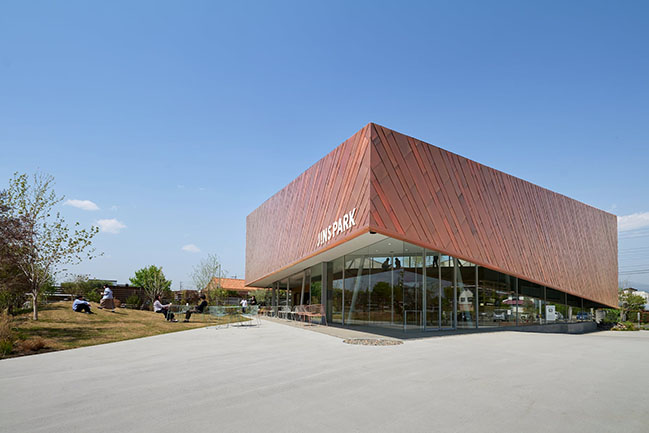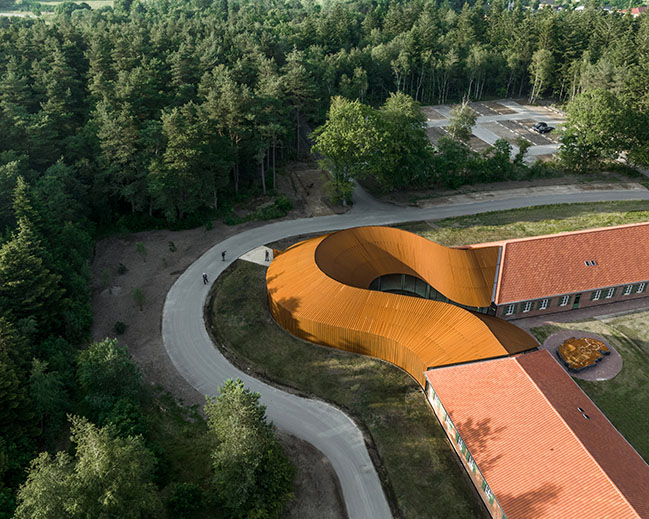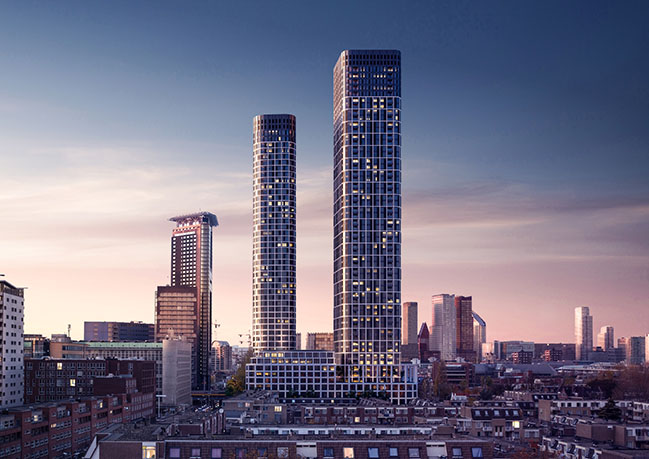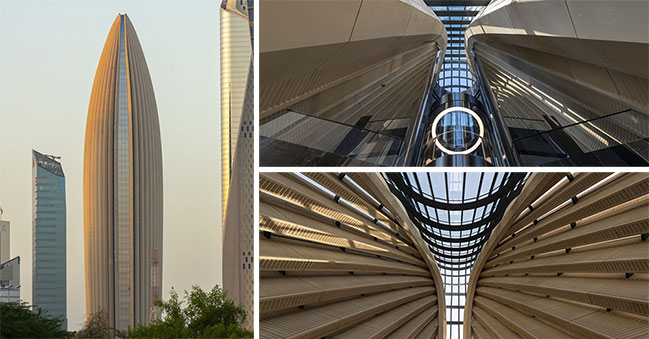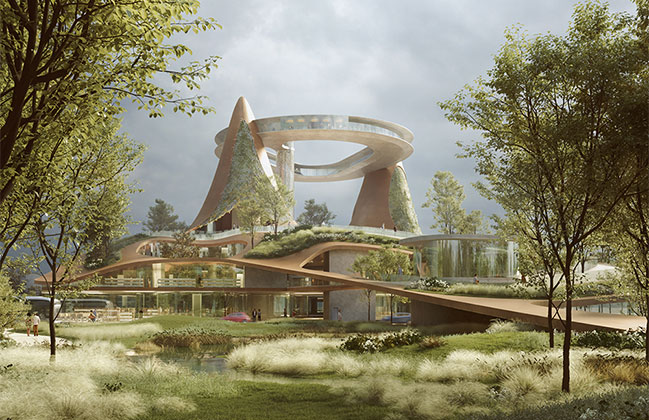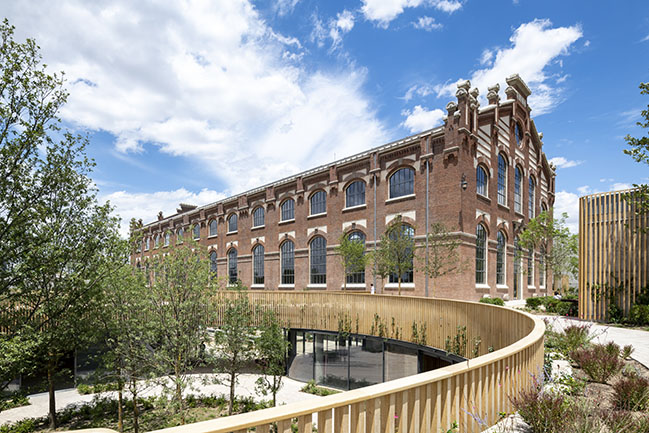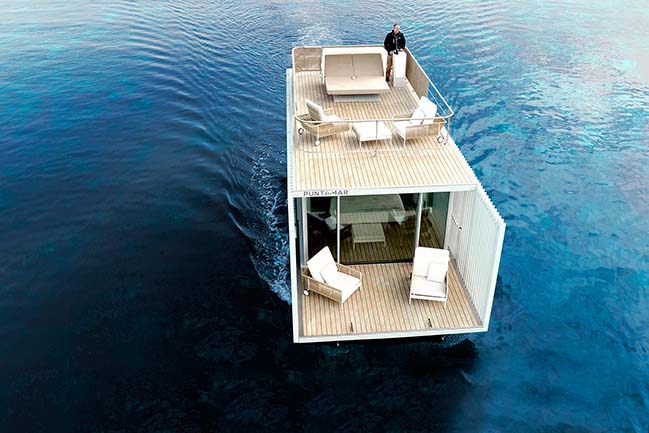07 / 23
2022
CRA-Carlo Ratti Associati joins Manifesta 14, the European Nomadic Biennial, to unveil the Urban Program and Urban Vision for the city of Prishtina, Kosovo. CRA’s contribution, featuring the Urban Vision Commons Sense and a series of design interventions across the city, puts forward an experimental, evolutionary methodology to reclaim public space. Manifesta 14 Prishtina will be open from July 22 until October 30, 2022...
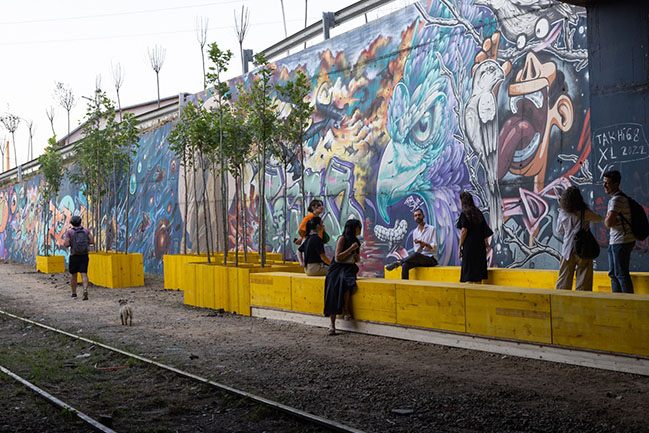
> An Energy Park in Milan by CRA-Carlo Ratti Associati and Italo Rota
> The Tree Path by CRA + OLA | Biking Among Treetops
From the architect: International design and innovation office CRA-Carlo Ratti Associati unveils the result of its Urban Vision and Urban Program for Manifesta 14, the European Nomadic Biennial taking place in Prishtina, Kosovo between July 22 and October 30, 2022. CRA’s project suggests a new methodology to reclaim public space in the city, starting with a series of temporary, open-ended design interventions and leveraging artificial intelligence for urban analysis. CRA’s Urban Vision, titled Commons Sense, casts citizens as key drivers of the evolution of the built environment, fostering feedback loops to effect long-term urban innovation.
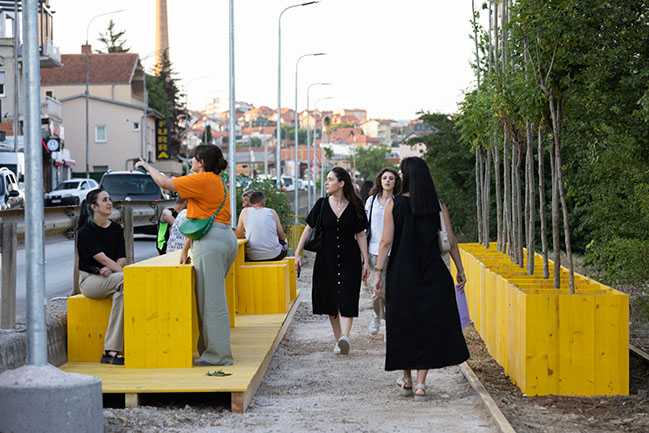
During the 20th century, regime changes and political clashes brought considerable turbulence to Kosovo and its cities. As a result, Prishtina currently suffers from a substantial shortage of public space. A large group of disenfranchised local residents are eager to reverse this situation, described by the city’s former mayor Shpend Ahmeti as an ongoing “battle for public space”.
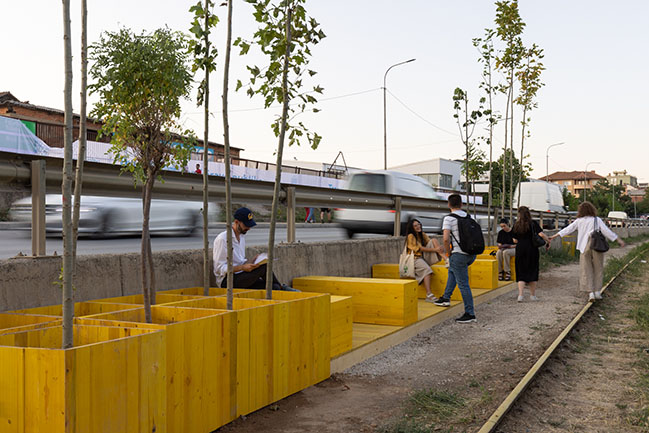
In response to this situation, CRA and Manifesta 14 put forward an innovative methodology for inclusive urban innovation, whose initial results will be visible in Prishtina during the biennial. This experimental “open-source urbanism” methodology is based on a series of temporary to permanent interventions developed with a participatory approach based on citizen feedback.
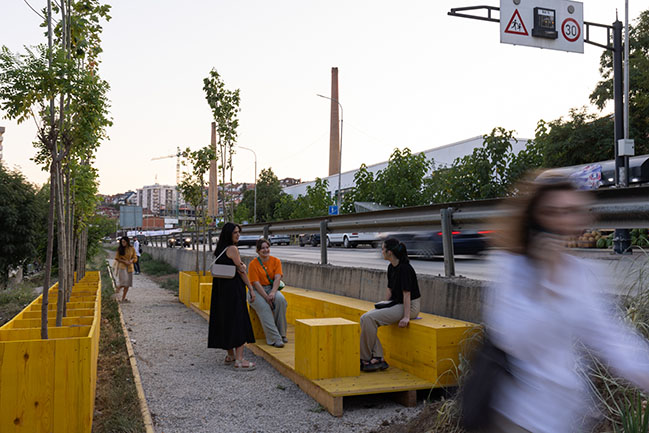
First, CRA mapped the city and identified a wide range of socially and culturally significant sites. Despite many of them being in compromised conditions, these locations have the potential to trigger an urban renaissance. In this phase, the studio teamed up with MIT Senseable City Lab to use artificial intelligence analysis to form a digital streetscape of the city. The findings were subsequently realized in collaboration with students from the architecture faculty of the University of Prishtina. The related data can be accessed on request by researchers, in the spirit of open-source urbanism.
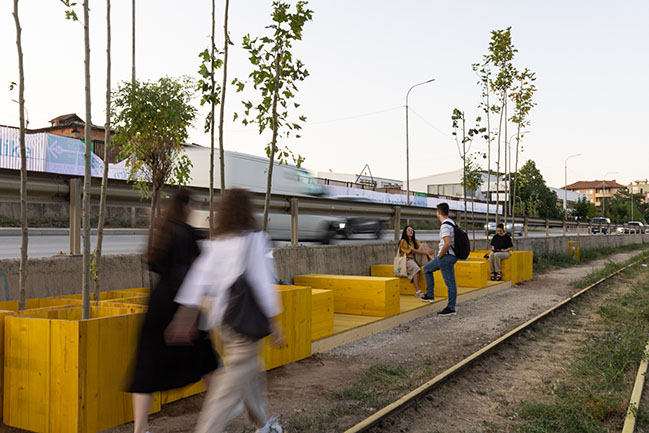
Second, temporary renovations, or Urban Interventions, were set up to demonstrate how the same locations can be reclaimed by and for Prishtina’s citizens. Such work was conducted at a low cost in a short period of time, with a clear speculative orientation. Then, local residents were invited to “vote with their feet”, deciding whether these interventions should be made permanent, or be modified or discarded. Finally, evaluation sessions will be held to facilitate the accelerated evolution of the city.
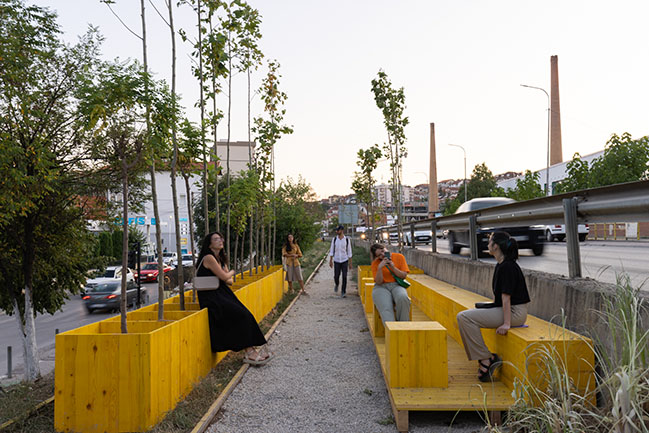
“Cities around the world are currently going through an extraordinary time marked by crises, but also potential for renaissance. Faced with an unprecedented situation during the first outbreak of the Covid-19 pandemic, local government officials were forced to make bold urban experiments to respond more efficiently to people’s needs,” says Carlo Ratti, founding partner of CRA and director of the MIT Senseable City Lab. “Due to its history and social makeup, Prishtina is one of Europe’s most promising ‘living labs’. Our Urban Vision for Manifesta 14 strives to channel the city’s collective energy into accelerating its evolution. We are grateful to Manifesta 14’s director Hedwig Fijen, the Municipality of Prishtina and mayor Përparim Rama for this fruitful collaboration.”
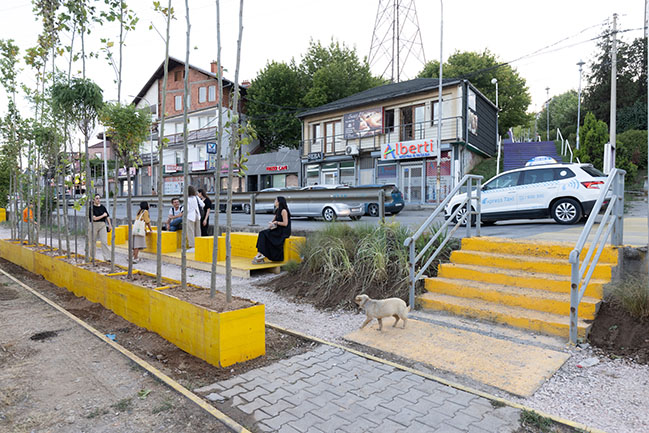
“Commons Sense advocates for the Commons as the key for any positive transformation of the built environment. Working with local associations, students, and citizens, we have been experimenting with a rapid, participatory approach to reclaim the public space. It is the first step of a wider process of urban change and inclusion that we call the Prishtina Model,” says Daniele Belleri, partner at CRA in charge of curatorial projects.
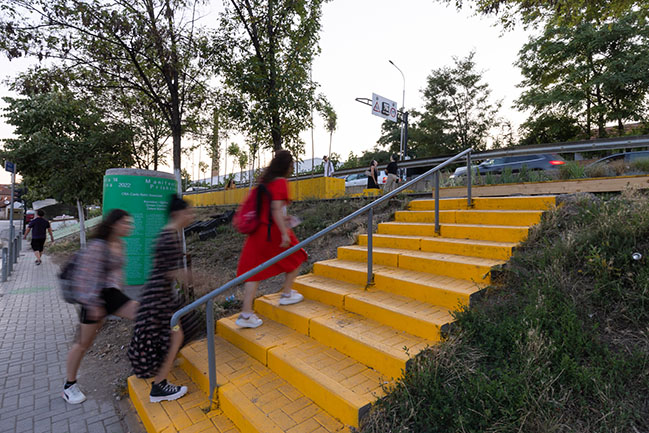
Such methodology was applied to build the Green Corridor. This 1.3-kilometer former railway track, which used to be filled with abandoned cars and trash, has now been transformed into a pedestrian path with seating and plants. In addition, it links up two main locations of Manifesta 14: the Palace of Youth and Sports and the Brick Factory. The walkway addresses the debate about how to remedy Prishtina’s problem of low pedestrian accessibility, and provides a leisure space for residents and exhibition-goers. A circular approach ensures that all the elements of the corridor are easily removable and reusable in other locations. Visitors can reach the Green Corridor independently, or through the mediated tours organized by the biennial.
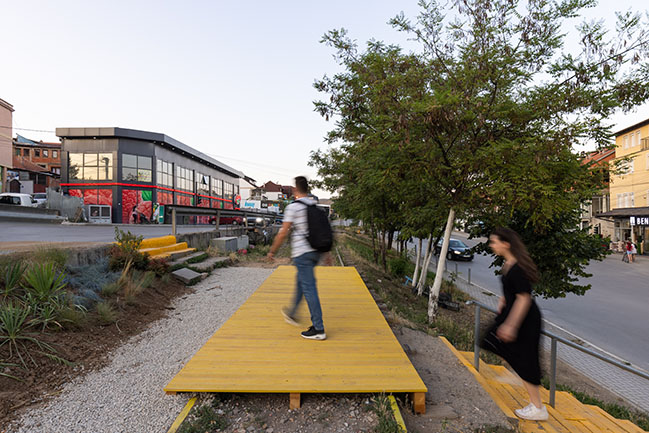
Other Urban Interventions were realized back in 2021, and have been integrated into Prishtina’s social fabric in different ways. For instance, the former Hivzi Sulejmani Library, whose external gates were reclaimed from an illegal parking lot in June of last year, was turned into a permanent cultural institution, the Centre for Narrative Practice, by Manifesta 14 Prishtina. Meanwhile, the German architectural practice raumlabor transformed the former brick factory into a temporary Eco Urban Learning Center. These projects show how “open-source urbanism” can enact change within different time frames. Working with Kosovo’s Ministry of Culture, Youth and Sport, CRA also helped pedestrianize 2 Korriku street, a vibrant alley that is known to locals as Kafet e Rakis (Rakia’s cafes).

CRA was first commissioned by Manifesta 14 to conduct the Urban Vision in March 2021. The entire working process is detailed in the publication of the Manifesta 14 pre-biennial process titled Public After All. The project was developed in collaboration with the MIT Senseable City Lab and the Kosovo Architecture Foundation. It ultimately shaped the biennial’s overall approach, with Carlo Ratti named as Creative Mediator of the Urban Program, alongside Catherine Nichols, the Creative Mediator of the Artistic Program.
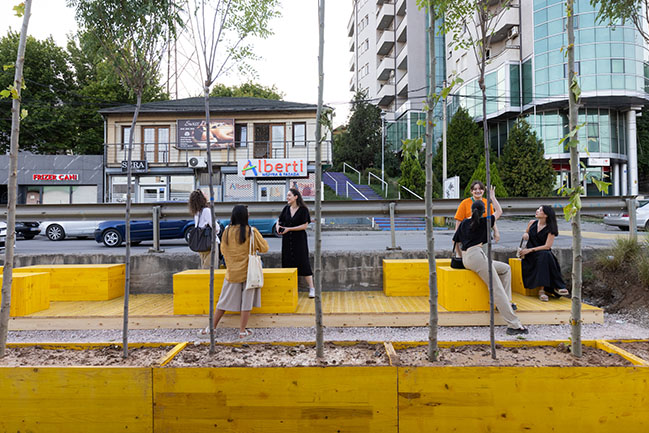
In the last decade, CRA has been involved in the curatorship of major art and design events to advocate for more equitable urban processes. In 2012, the studio published an “Open Source Architecture Manifesto” at the Istanbul Design Biennale, and was chief curator of the “Eyes of the City” exhibition at the 2019 Bi-City Biennale of Urbanism/Architecture in Shenzhen. The latter project included many installations hypothesizing how to democratize digital technologies in the social space. Ratti also curated the BMW Guggenheim Pavilion in Berlin in 2012, the Future Food District at Milan’s 2015 World Expo, and co-curated the 2021 Porto Design Biennale.
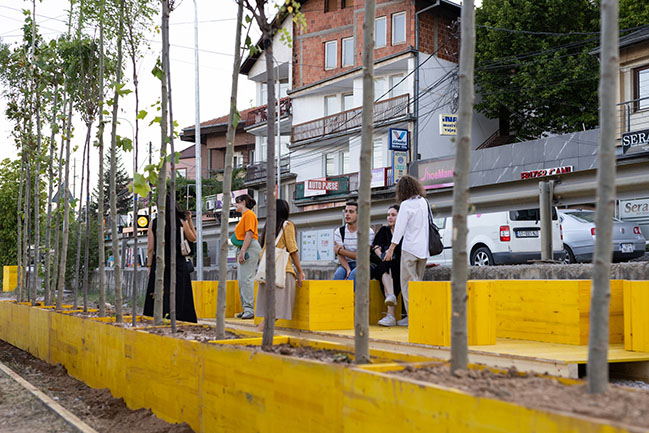
Project by: CRA-Carlo Ratti Associati
Location: Prishtina, Kosovo
Year: 2022
Collaborators: Kosovo Architecture Foundation, MIT Senseable City Lab
CRA-Carlo Ratti Associati Team: Carlo Ratti, Daniele Belleri (Partner in charge), Emma Greer, Juan Carlos Romero
MIT Senseable City Lab Team: Fabio Duarte, Fan Zhang, Yuhao Kang
Kosovo Architecture Foundation Team: Bekim Ramku, Zana Bokshi, Gresa Morina, Bardha Meta, Marigona Dërguti
Photography: Ivan Erofeev
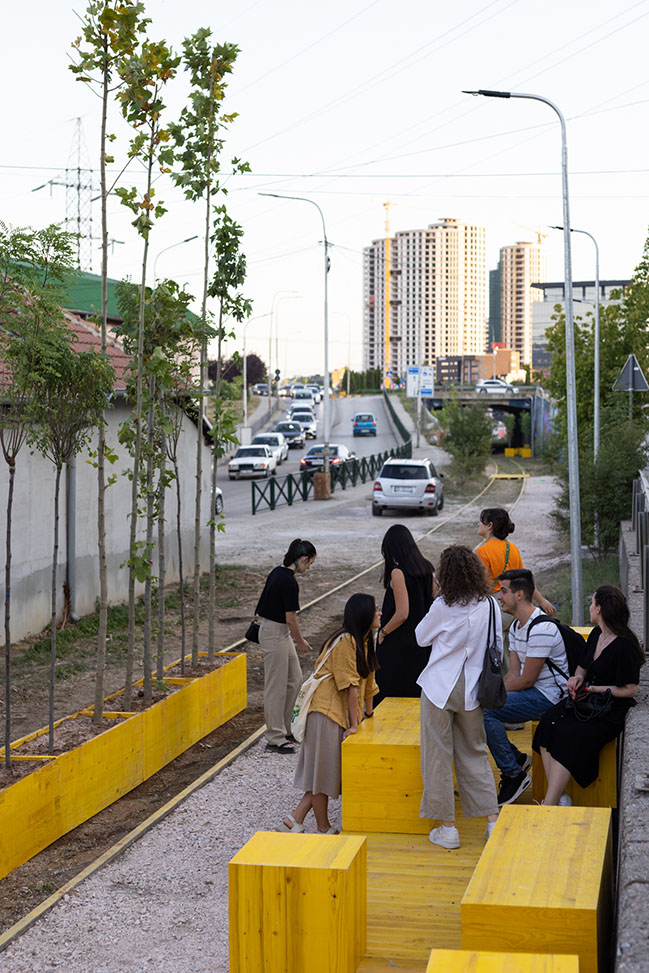
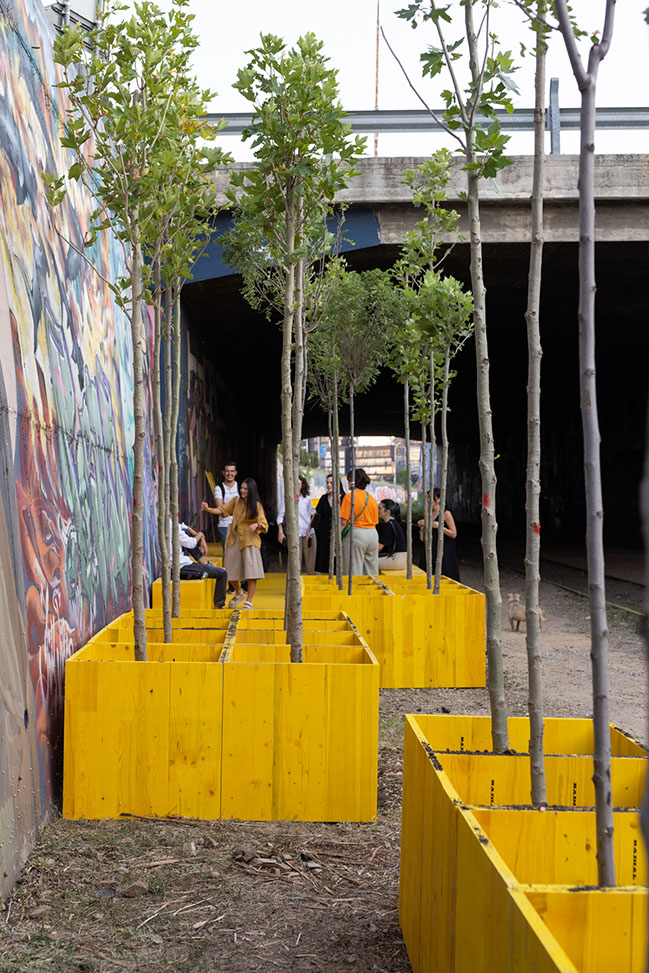
Urban Vision for Manifesta 14 Prishtina by CRA-Carlo Ratti Associati | The Battle of Public Space
07 / 23 / 2022 CRA-Carlo Ratti Associati joins Manifesta 14, the European Nomadic Biennial, to unveil the Urban Program and Urban Vision for the city of Prishtina, Kosovo...
You might also like:
Recommended post: Punta de Mar - A floating accommodation by Mano de Santo
